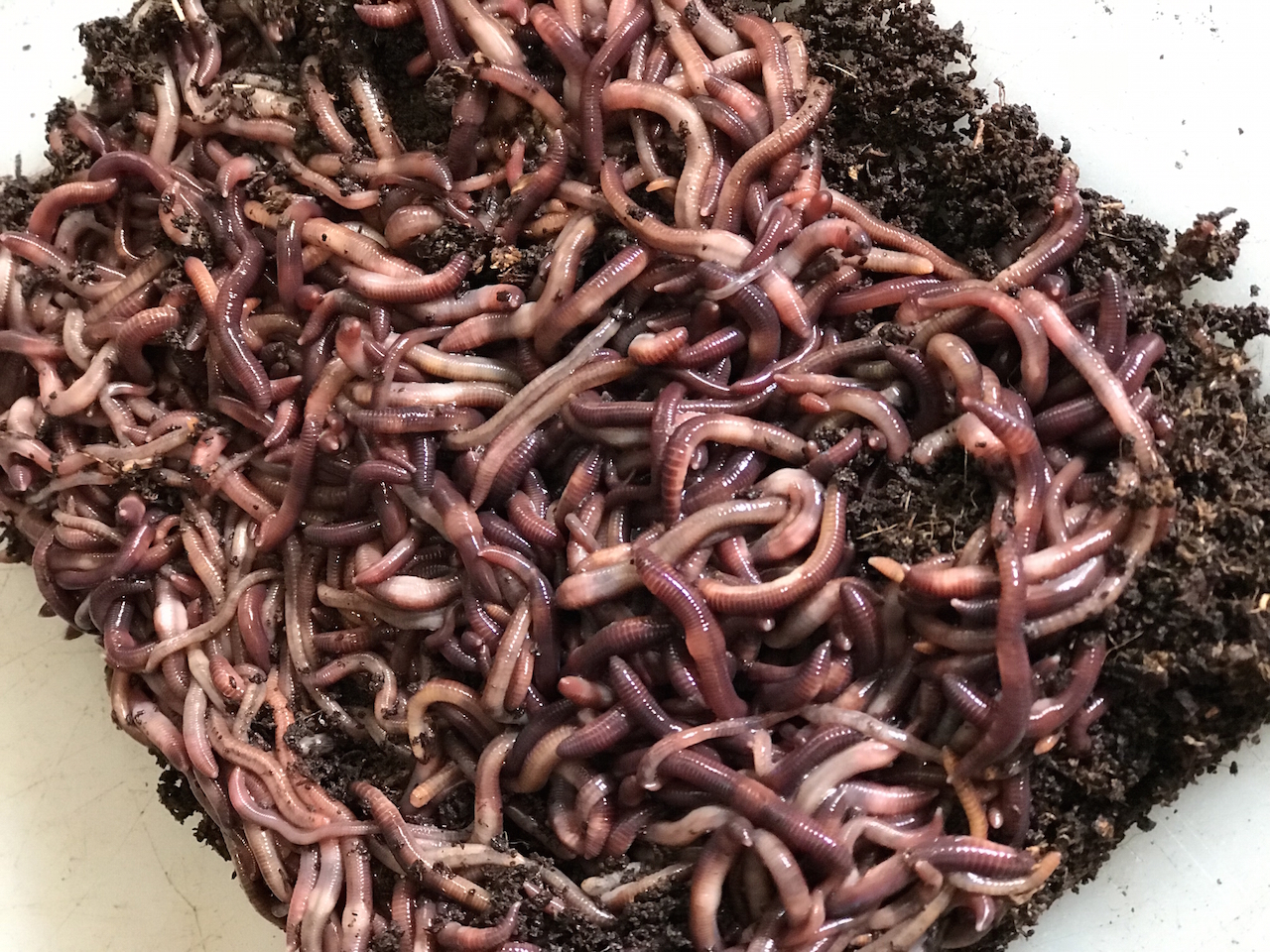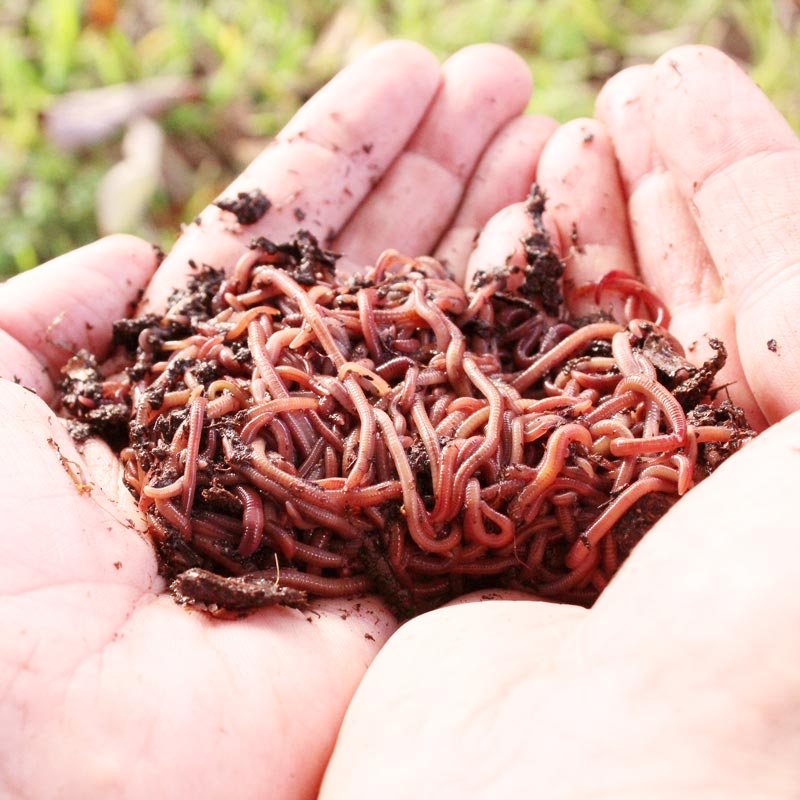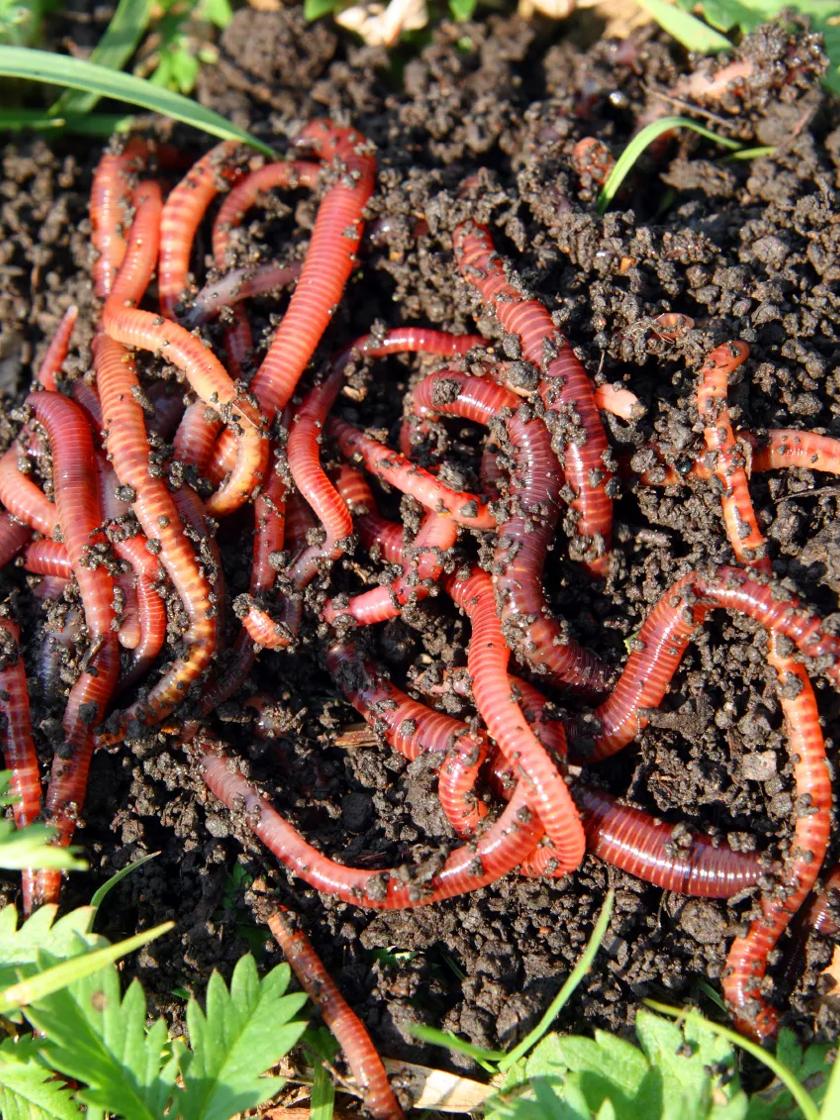Achieve a Beautiful Lawn Using Lake Hickory Bait Lawn Care Resources
Achieve a Beautiful Lawn Using Lake Hickory Bait Lawn Care Resources
Blog Article
Open the Secrets of Red Wigglers: Your Overview to Composting Success
The combination of red wigglers into composting methods provides a considerable possibility for boosting dirt health and promoting sustainability. Recognizing their requirements and actions is essential for maximizing their potential, from establishing up an appropriate worm container to feeding them the ideal products.

What Are Red Wigglers?
(Red Wiggler Express)Red wigglers, clinically called Eisenia fetida, are a species of earthworm mainly used in composting because of their remarkable ability to decompose natural issue effectively. These worms are characterized by their reddish-brown pigmentation and a fractional body, generally determining between 3 to 4 inches in size. Unlike other earthworm varieties, red wigglers grow in abundant, natural environments, making them ideal for vermicomposting systems.
Native to North America, they are commonly found in decaying leaves and compost heap, where they play an essential function in nutrient recycling. Their adaptation to living in a damp, aerobic setting enables them to eat huge quantities of natural waste, simplifying into nutrient-rich castings that improve dirt wellness.
Red wigglers replicate quickly, with a single worm with the ability of generating several cocoons weekly, each containing several hatchlings. This quick recreation rate contributes to their effectiveness in composting procedures. They prefer temperature levels in between 60 ° F and 80 ° F, and their task degree raises substantially within this variety, further assisting in the decomposition process. Comprehending the biology and actions of red wigglers is essential for optimizing their possibility in composting applications.
Benefits of Making Use Of Red Wigglers
Harnessing the power of red wigglers in composting uses various advantages that improve soil health and advertise sustainable waste administration. These remarkable microorganisms successfully break down raw material, changing kitchen scraps and lawn waste right into nutrient-rich vermicompost. This completed product is extremely advantageous for plant development, as it improves soil framework, increases wetness retention, and improves nutrient schedule.

(Lake Hickory Bait)Additionally, the existence of red wigglers in your composting system can increase the composting process, generating top quality garden compost in a fraction of the time contrasted to typical techniques. The castings produced by these worms are also brimming with useful bacteria that additionally enrich the dirt community.
Establishing Up Your Worm Container
Creating an effective worm container is a simple process that can significantly boost your composting initiatives. Worm containers can be made from plastic storage space bins, wood boxes, or readily readily available worm containers.
Next, prepare the bedding product, which acts as the worms' habitat. A mix of shredded paper, cardboard, and coconut coir works well, offering a comfy environment for the worms. Go for a bed linens depth of concerning 4-6 inches. Dampen the bedding gently, ensuring it appears like a moist sponge without excess water pooling at the base.

Feeding Your Red Wigglers
To guarantee the wellness and productivity of your red wigglers, it is necessary to supply them with a balanced diet that fulfills their dietary demands. Red wigglers grow on a diverse range of natural products, which not only supply needed nutrients however additionally advertise effective composting.
Start by integrating kitchen area scraps such as vegetable peels, fruit cores, and coffee premises. Stay clear of citrus fruits, Lake Hickory Bait onions, and garlic, as these can be harmful to worm wellness. Additionally, present shredded paper, cardboard, and dry leaves to create a well-aerated atmosphere.
Feeding frequency must be kept track of; normally, worms can take in half their body weight in food weekly. It is vital to avoid overfeeding, as excess food can lead to undesirable smells and draw in bugs. A great practice is to add food in little quantities, allowing worms to process it prior to presenting extra.
Preserving moisture degrees is additionally important; the bed linen should be wet yet not soggy. Be sure to routinely examine the temperature and pH degrees of the bin to make certain an optimum atmosphere for your red wigglers, ultimately boosting their composting effectiveness.
Harvesting and Utilizing Compost
An effective composting procedure with red wigglers culminates in the rich, dark compost understood as vermicompost, which can considerably boost dirt wellness and plant development. Collecting this nutrient-dense material typically occurs every 3 to 6 months, depending on the size of your system and the amount of raw material being processed.
To collect, gently different the compost from the worms and any type of undecomposed products. One effective technique involves moving the components of the container away and including fresh bedding and food to the void, urging the worms to migrate. After a few days, the garden compost can be accumulated from the opposite side.
It is essential to make use of vermicompost correctly to maximize its benefits. By including vermicompost into your horticulture regimen, you not only recycle natural waste but likewise produce a successful ecosystem that sustains sustainable gardening techniques.
Conclusion
In recap, red wigglers offer as extraordinary allies in composting efforts, transforming natural waste into nutrient-rich vermicompost. By recognizing the ideal conditions for their habitat, feeding requirements, and compost harvesting methods, gardeners can enhance dirt wellness and promote plant vigor.
Report this page